[responsivevoice_button voice=”UK English Male” buttontext=”Listen to Post”]
?Total Dissolved Solids
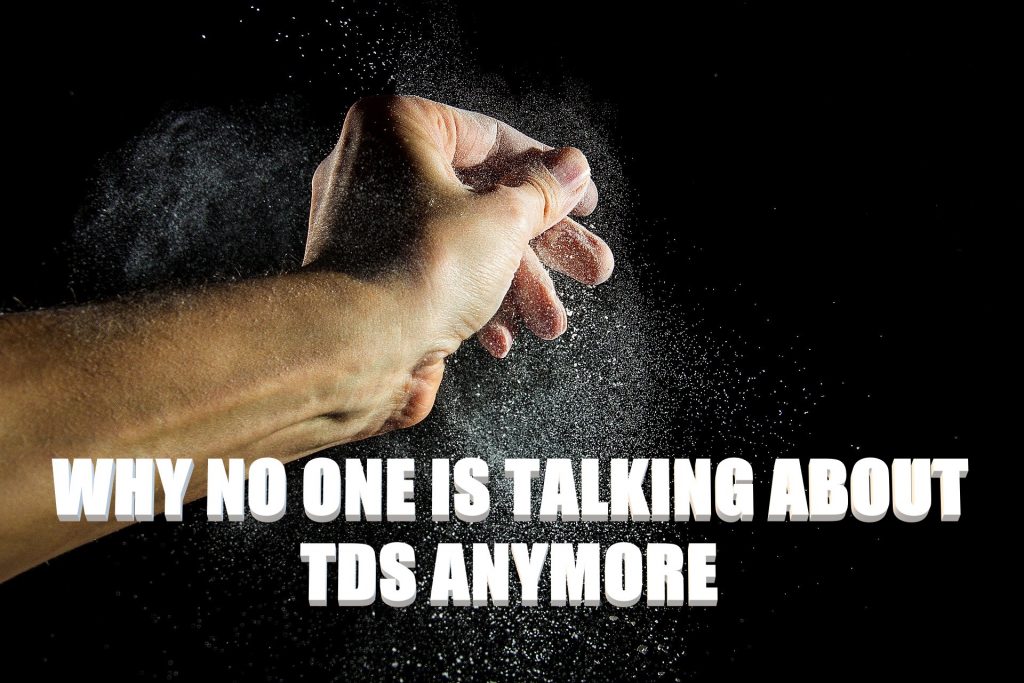
TOTAL DISSOLVED SOLIDS
Anything you add to a pool will increase something, and everything will increase TDS. For example, a gallon of sodium hypochlorite (containing 2.34 pounds of solids) will add 12 ppm of FAC (Free Available Chlorine) to 10,000 gallons of water and will increase the TDS by 28 ppm. 15 oz. of trichlor (stabilized chlorine tablets/granular) will add 10 ppm of FAC to 10,000g, but it will also increase the CYA (Cyanuric Acid) by 6 ppm and the TDS by 10 ppm. Calhypo (Calcium Hypochlorite) added at a rate of 20 oz. Per 10,000g will add 10 ppm of FAC, but will also increase your Water Hardness by 8 ppm and your Total Dissolved Solids by 15 ppm. Even a cup of muriatic acid (containing 1.87 pounds of solids per gallon) will raise the TDS by 1.4 ppm. What is Total Dissolved Solids?
“The Age of the Water.”
Take into consideration that the water straight from the tap, even before you add anything, has a level of Total Dissolved Solids. It is essential in swimming pool maintenance that we know what that starting level is. The TDS level is not something that will decline over time – it only increases. The only means we have to lower the level of dissolved solids is to replace water. We should drain and refill the pool when the TDS increases by 1500ppm over what we started with, at least partially.
water straight from the tap, even before you add anything, has a level of Total Dissolved Solids. It is essential in swimming pool maintenance that we know what that starting level is. The TDS level is not something that will decline over time – it only increases. The only means we have to lower the level of dissolved solids is to replace water. We should drain and refill the pool when the TDS increases by 1500ppm over what we started with, at least partially.
“Dilution is the Solution to Pollution”
Evaporation
Evaporation is also going to be a factor in an ever-increasing Total Dissolved Solids level. When water evaporates, the only thing that leaves the swimming pool is water. The solids that were present in the evaporative loss are left behind. This increases the total in the water that remains. Then, the replacement water only adds additional solids to the solution.
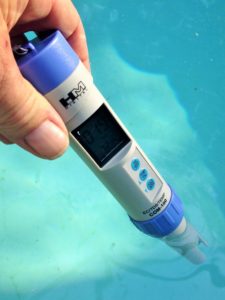 TDS meter.
TDS meter.
These electronic testers vary in price, from less than $100 to well over $1,000. The meter serves as an indirect means of determining the level. What this measures is the electrical conductivity (EC) of a solution; this occurs by sending a charge between the two electrodes of the device. Ionized particles such as salts and minerals increase the EC; because of this, our results can be misleading.
Not all solids dissolved in water are ionized. However, they do still contribute to the TDS level. Take the sugar added to a cup of coffee, for example, though dissolved and a contributor to Total Dissolved Solids; it is undetected by our TDS/EC meter.
Galvanic Corrosion
GC (galvanic corrosion) can be recognized when metal components (light rings, handrails, ladders) submersed in water turn black. This is usually an indication of a high TDS, but the Total Dissolved Solids itself is only a contributing factor and not the actual cause. As NACE International explains it: “Galvanic corrosion (also called “dissimilar metal corrosion” or wrongly “electrolysis”) refers to corrosion damage induced when two dissimilar materials couple in a corrosive-electrolyte.
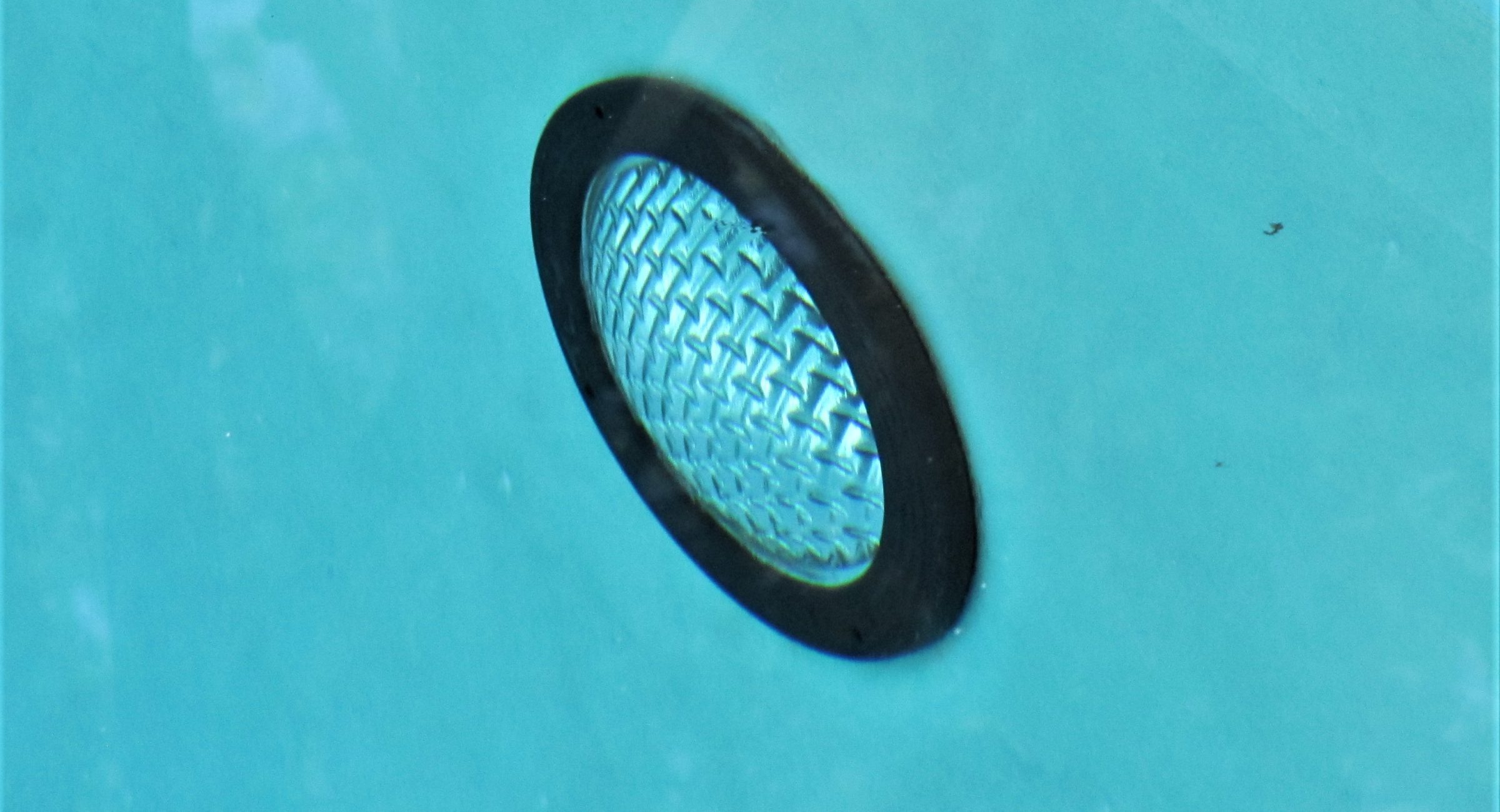
Purchase a TDS meter?
The Total Dissolved Solids level in a swimming pool can take years before it increases by 1500 ppm over your starting value, so you could bring a water sample to the pool store and have it tested quarterly. What about the Saturation Index you learned about in CPO® Certification Class?
Similar Article The Truth About Saltwater Pools ?
Because your factor for TDS is either 12.1 or 12.2 (NSPF Guidelines), you could honestly guess for this calculation; if you were to shoot for an LSI of 0, in a worst-case scenario, you would only be off by ).01 in either direction. With a balanced range of -0.03 to +0.03, you would still hit the mark. A spa, however, is an entirely different story, and I would say that those who maintain one should own a TDS meter. In a small hot water environment, the Total Dissolved Solids level can increase by that amount in a matter of weeks, or even in days (depending upon bather load/usage).
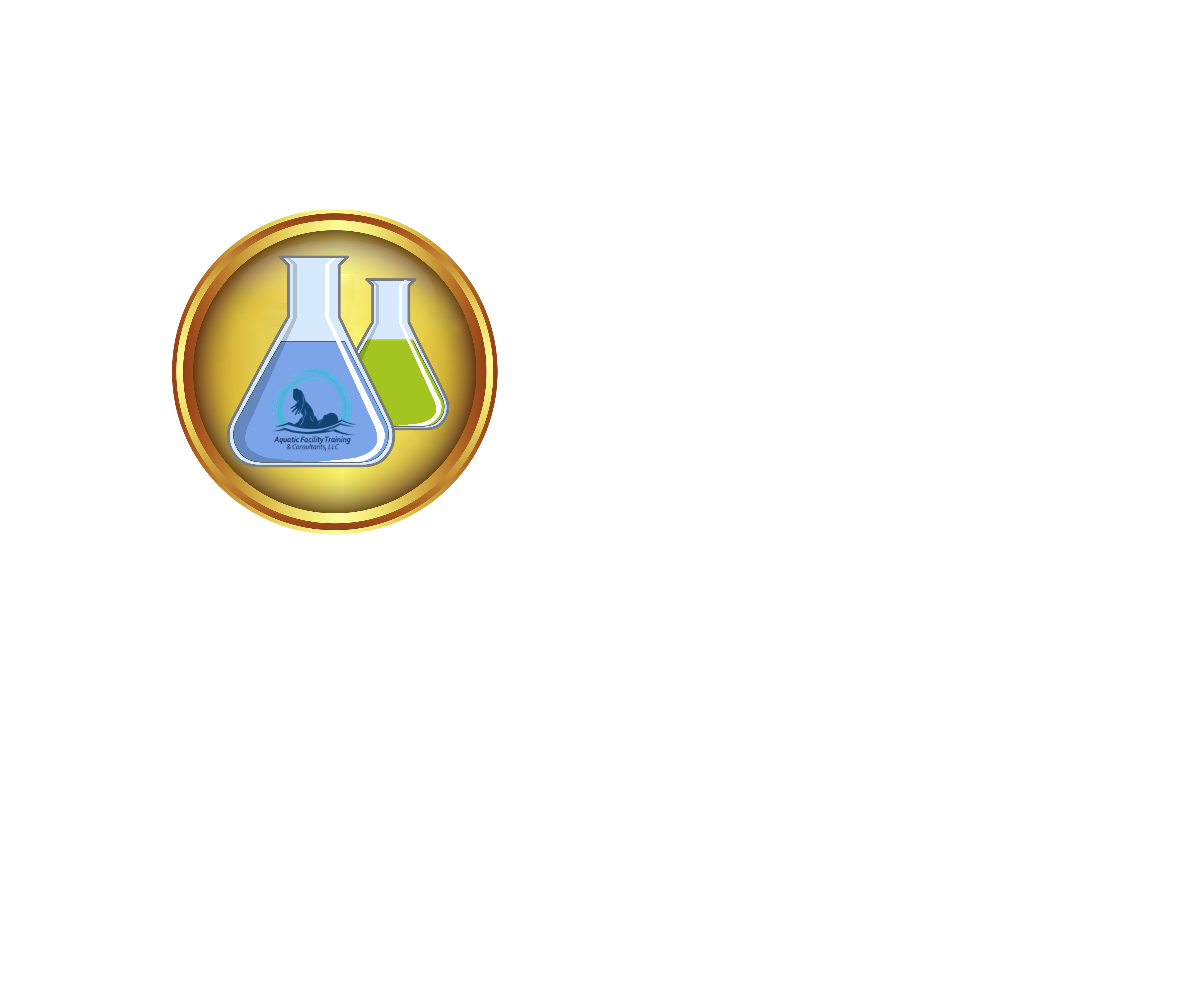
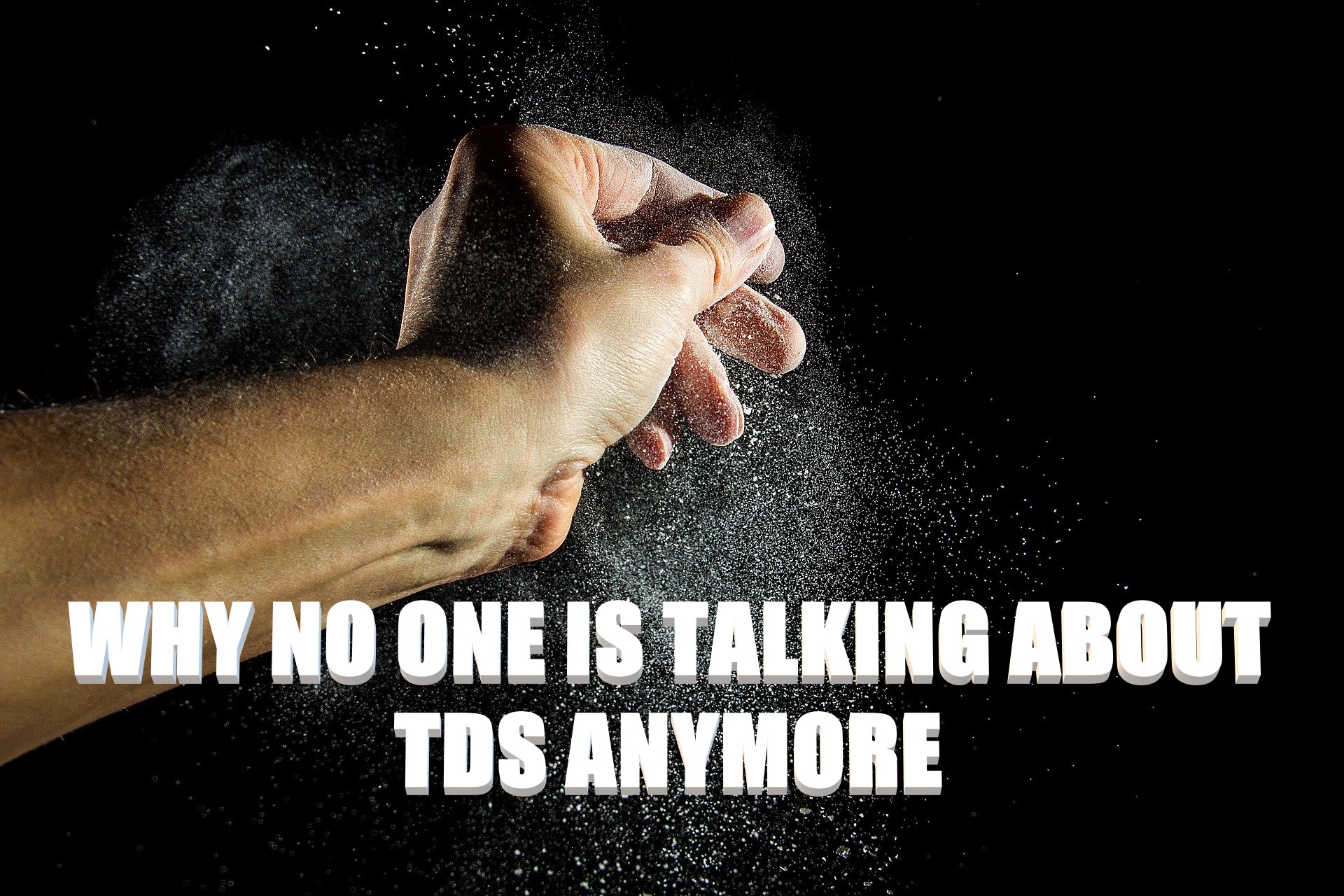

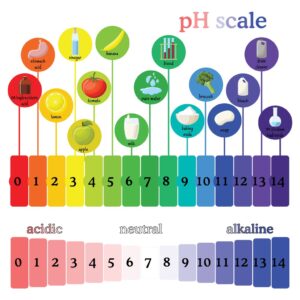
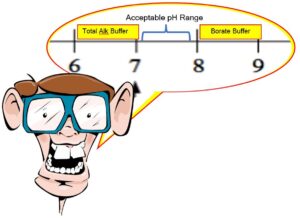
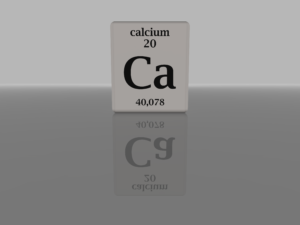

Pingback: I don’t use Chlorine; I have a Saltwater pool… – Pool Operator Talk
Anything that is in the water that is not Dihydrogen Monoxide (aka: H2O).
DHMO is not aka: H2O
Hey Ian, Thanks for reading! Dihydrogen Monoxide although not the common name used in science for H2O, in recent years has become the name more recognizable to the public. 2 (di) parts Hydrogen and 1 (mono) part oxygen. I considered using hydroxic acid, hydrogen hydroxide, or oxidane which are all accepted terms by IUPAC standards, but they are far less familiar to those not in the scientific field. Of course, I could have just called it water. Thank you for your feedback. I definitely value your thoughts. Hoping you will enjoy some of the other pieces I have written as well.